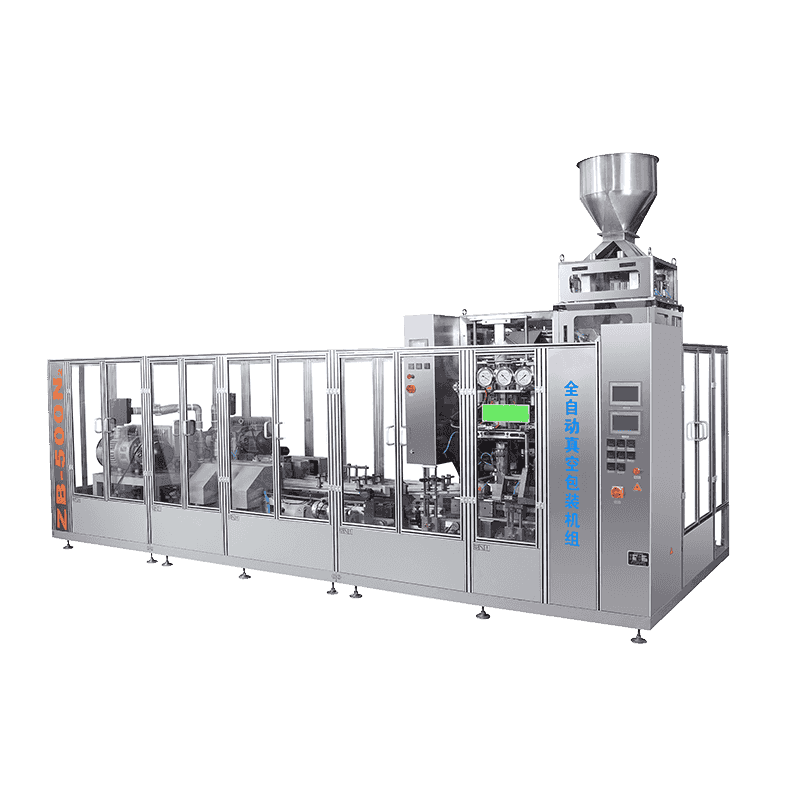In today’s fast-paced world, efficiency and precision are key to staying ahead in the manufacturing sector. This is especially true in the packaging industry, where high demand for faster, safer, and more cost-effective packaging solutions has led to the development of fully automatic packaging machinery. These machines are transforming the way products are packaged across industries, from food and beverage to pharmaceuticals and consumer goods.
Fully automatic packaging machinery represents the next level in automation, where human intervention is minimal, and processes run smoothly with consistent, repeatable results. Unlike manual or semi-automatic systems that require substantial input from operators, fully automatic machines are capable of performing all the steps necessary for packaging—from filling to sealing and labeling—without the need for human oversight at every turn. This not only enhances productivity but also reduces the risk of human error, which can often lead to packaging defects or delays.
One of the biggest advantages of fully automatic packaging machinery is the efficiency it offers. These machines can handle high volumes of products in a fraction of the time that manual labor would require. This is particularly beneficial in industries like food production, where packaging must be done quickly to meet tight deadlines while maintaining product freshness. With automation, the speed of packaging can be increased significantly, which helps meet the ever-growing demand for products while lowering labor costs.
Another key benefit of these systems is their versatility. Many fully automatic packaging machines can be configured to handle a wide range of packaging materials, including plastic, paper, glass, and even biodegradable alternatives. This adaptability ensures that manufacturers can meet consumer preferences and regulatory requirements, which increasingly focus on sustainability. The ability to switch between different types of packaging materials without having to make significant adjustments to the machinery is a major advantage in a world where sustainability is no longer optional.

These machines also contribute to product consistency. Packaging is often the first interaction a consumer has with a product, and its appearance can make or break a purchase decision. Fully automatic packaging machinery ensures that every package is sealed correctly, labeled with the right information, and uniformly shaped, ensuring a consistent presentation of the product. This level of precision helps to maintain brand image and consumer trust, which are essential for long-term success.
On the technological side, fully automatic packaging machines are increasingly being integrated with advanced features such as sensors, AI, and IoT capabilities. These technologies enable real-time monitoring of the packaging process, providing manufacturers with data that can be used to optimize performance and predict maintenance needs. For example, sensors can detect when a package is improperly sealed or when material shortages occur, prompting immediate corrective actions to minimize downtime.
Furthermore, automation in packaging leads to improved workplace safety. With less manual handling and fewer physical tasks for employees to perform, the risk of workplace injuries decreases. Automated systems can handle the most repetitive and strenuous tasks, allowing workers to focus on more complex or creative responsibilities that add greater value to the business.
While the initial investment in fully automatic packaging machinery can be significant, the long-term benefits far outweigh the costs. With improved productivity, reduced labor costs, and enhanced product quality, manufacturers are able to achieve higher profit margins. As the packaging industry continues to evolve, it’s clear that fully automatic packaging machinery will play an integral role in shaping its future.


 English
English Español
Español عربى
عربى













Contact Us